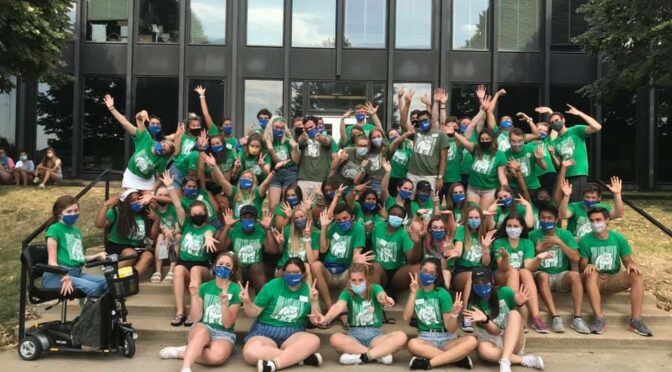Are you a Drake male student who is looking for a scholarship which recognizes your achievements inside and outside of the classroom? Our organization is offering multiple scholarships—up to $500—for the Balanced Man Scholarship.
The Balanced Man Scholarship rewards students who have displayed academic excellence, leadership skills, and a commitment to their health and well-being. Our organization believes in recognizing students who demonstrate an all around balance in their everyday lives. We are committed to helping Drake students develop the skills they need to succeed in the classroom, future careers, and social organizations.
These scholarships will be awarded to the applicants who exemplify being a balanced man in their everyday lives. The awards will be presented at the socially distant Balanced Man Scholarship Ceremony early in the semester of Spring 2021. After applying online, applicants will be notified if they receive an interview. Interviews will be with 1 or 2 members of the scholarship committee to be completed on zoom.
The requirement for this application is that you are a current first-year, or sophomore male student at Drake University. The application deadline is Feb. 14 at midnight—it only takes 5-10 minutes to apply!
If you have any questions about the scholarship, please don’t hesitate to contact Jay Dichter via phone or email:
Phone: (651) 270-9099
Email: drakebalancedmanscholarship@gmail.com
— Jay Dichter, BN’23



